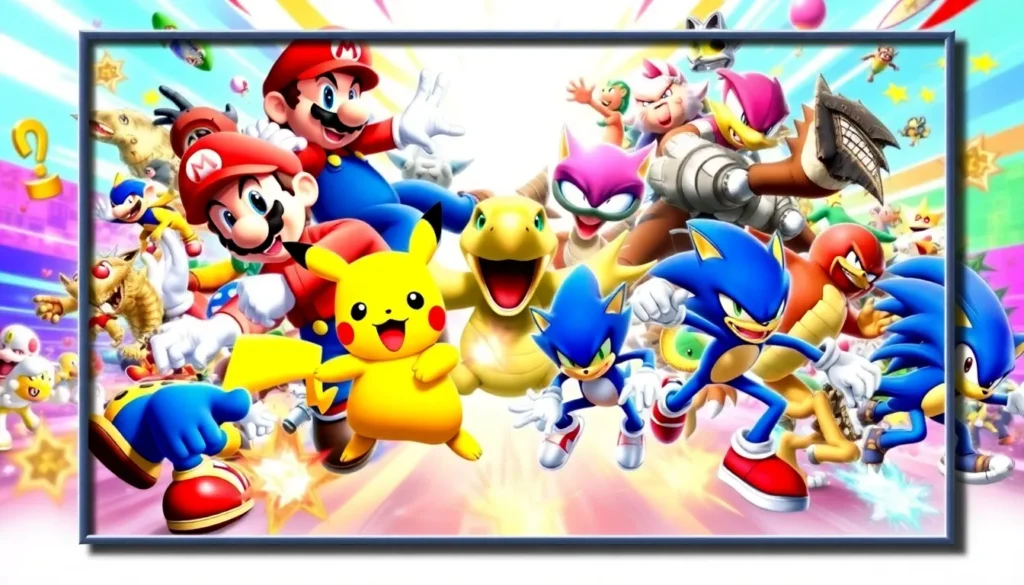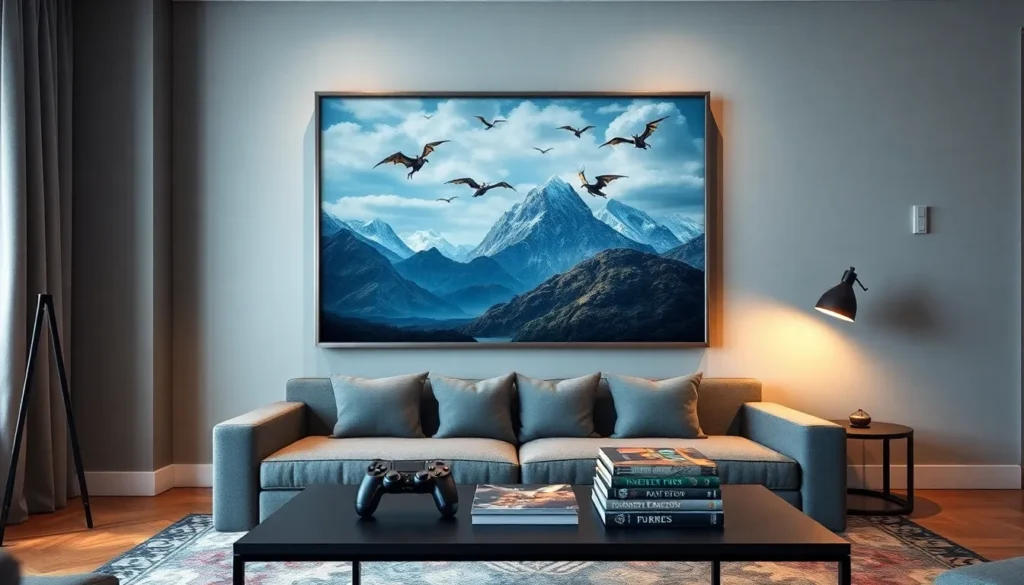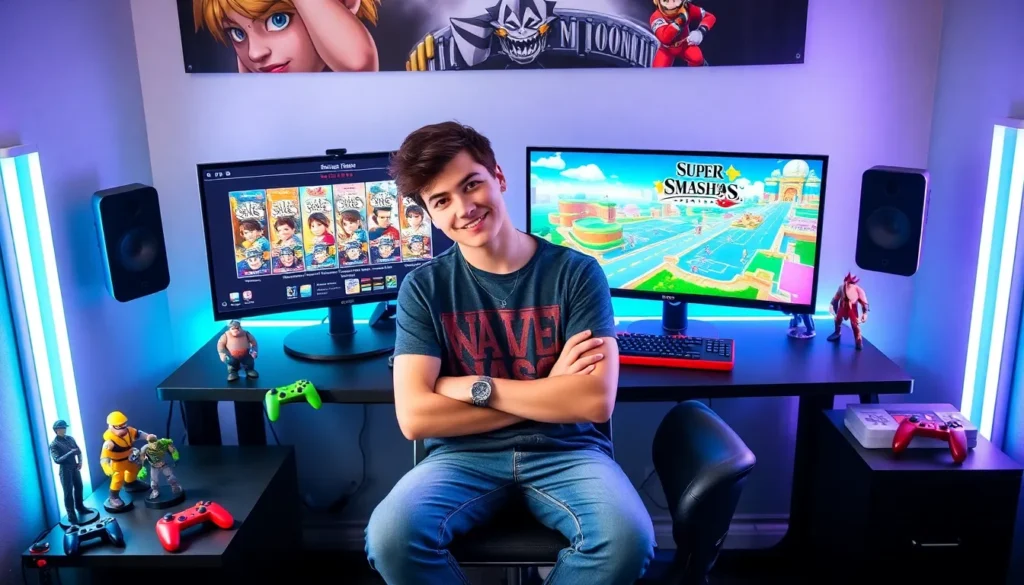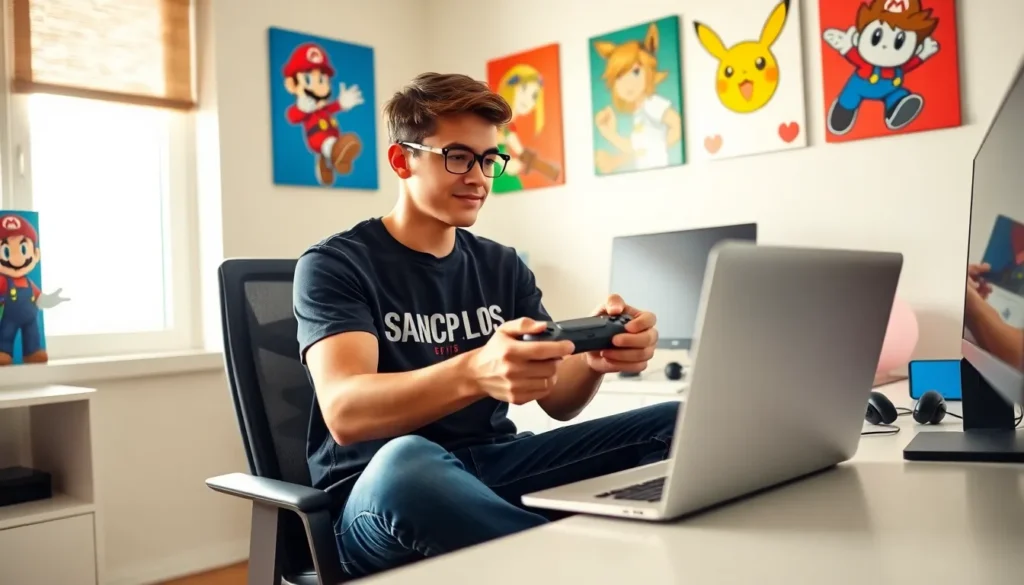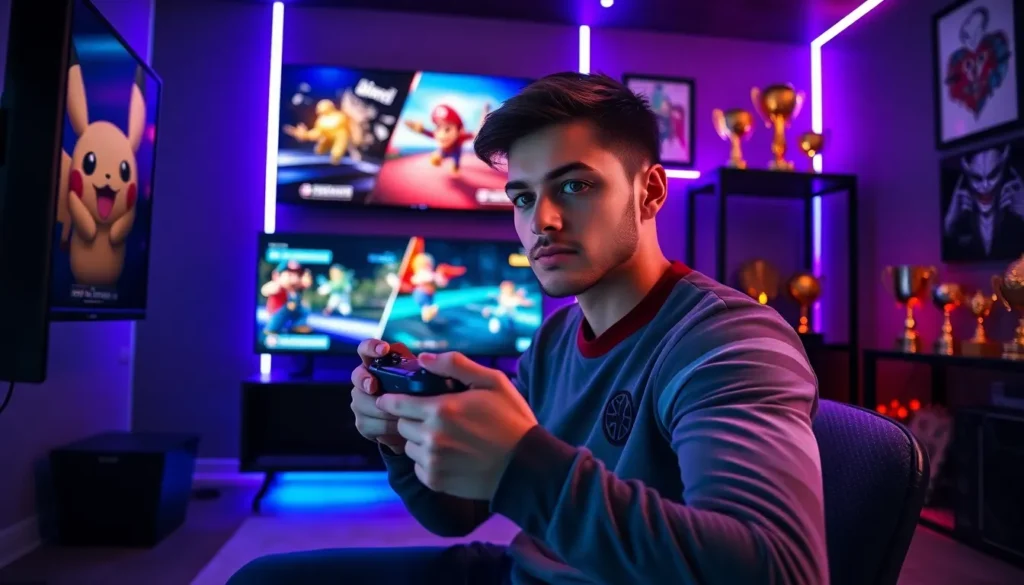When it comes to epic battles featuring beloved characters from across the gaming universe, few titles come close to matching the frenzy of Super Smash Bros Brawl. Released in 2008, this game brought together a diverse cast of heroes and villains, vying for supremacy in a lively, chaotic arena. But what makes the Brawl roster particularly fascinating? Join us as we jump into the nitty-gritty details of each character, their unique abilities, and how this roster stacks up against its predecessors. Grab your controller, it’s time for a showdown.
Table of Contents
ToggleOverview of Super Smash Bros Brawl

Super Smash Bros Brawl made its grand entrance on the Nintendo Wii, offering players a spectacular mix of fan-favorite gaming characters. The game marked a significant evolution in the Smash Bros series, introducing not just new fighters but also unique stages and gameplay mechanics. Brawl’s focus on accessibility did wonders, attracting both hardcore and casual gamers alike. A fascinating element was the inclusion of the Subspace Emissary, a single-player mode that combined platforming with the classic Smash brawling mechanics, further enhancing the game’s replayability. Character design, backgrounds, and visual effects in Brawl paved the way for a richer gaming experience, an adventure worth delving into.
Significant Features of the Roster
The roster of Super Smash Bros Brawl stands out for its sheer breadth and diversity. Not only did it feature an impressive 39 playable characters at the outset, but it also included an array of unlockable fighters, keeping players engaged for hours on end. Each character comes equipped with unique abilities and signature moves that enhance gameplay. The game also introduced the concept of Final Smashes, powerful, character-specific attacks that could turn the tide of battle in an instant. Whether it’s Mario’s giant flaming ball or Sonic’s dramatic dash, these final moves added a layer of excitement that keeps every match unpredictable.
Playable Characters
The heart of Super Smash Bros Brawl lies within its vast library of playable characters. From iconic mascots like Mario and Pikachu to less conventional picks like Snake from Metal Gear Solid, the variety is staggering.
Unlockable Characters
Players could unlock additional characters through various means, like completing challenges or simply by playing the game extensively. Notable unlockable characters included Wario, Toon Link, and the enigmatic Meta Knight, each adding their unique flavor to the game.
Character Abilities and Unique Traits
Each character boasts specific abilities and traits that make them distinct within the roster. For instance, Bowser’s heavy stature allows him to absorb damage while delivering devastating attacks, whereas characters like Fox offer speed and agility, appealing to players who prefer a swift combat style. The diverse range of fighting styles ensures every player can find a character that resonates with their gameplay preferences.
Comparing the Roster to Previous Installments
When comparing the Brawl roster to its predecessors, the jump from Super Smash Bros Melee is particularly noteworthy. While Melee boasted 26 characters, Brawl expanded significantly, providing more options and kicking off a trend for broader rosters in later games. The introduction of third-party characters, such as Solid Snake and Mega Man, was a bold move that helped expand the roster’s appeal to a wider audience.
Also, Brawl emphasized different mechanics, such as more elaborate stages and assist trophies, enriching the competitive scene. This shift in roster philosophy not only advanced the game but also set a new benchmark for character selection in fighting games.
Impact of the Roster on Competitive Play
The impact of the Brawl roster on competitive play remains a subject of debate within the gaming community. The game’s slower pacing compared to Melee sparked controversy among hardcore players, but it also opened up new strategies and styles. Characters like Meta Knight, who dominated the competitive scene, altered tier lists and forced players to adapt in creative ways.
Alongside these changes, the introduction of new mechanics, such as tripping, presented unpredicted hurdles that influenced match outcomes, keeping competitive play intriguing yet controversial. Tournaments featuring Brawl showcased the depth and complexity that emerged from the vast roster, emphasizing the idea that even a casual title can profoundly affect the competitive landscape.

